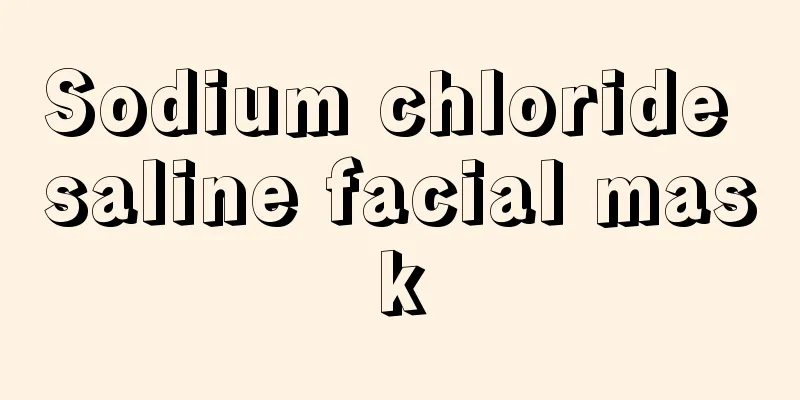Food bleach

|
In today's highly developed industry, various agents have also appeared in industrial production. For example, in the food industry, food bleaching agent is a widely used additive. This additive can destroy the color of food, or prevent food from browning, making the food look better in appearance. There are two different types of food bleaches, reducing bleaches and oxidizing bleaches. 1. Introduction to food bleaching agents Bleach refers to a type of additive that can destroy or inhibit the factors that form food color, causing it to fade in color or prevent food from browning. Such as the production of dried fruit, bleaching treatment of starch syrup and other products. In addition to improving the color of food, bleaching agents also have multiple functions such as antibacterial, antiseptic, and antioxidant, and are widely used in food processing. . 2. Classification of bleaching agents There are many types of bleaching agents, but considering the safety of food and its own particularity, there are not many types of bleaching agents that are truly suitable for use in food. According to their mechanism of action, bleaching agents can be divided into reducing bleaching agents and oxidizing bleaching agents. Whether it is a reducing bleach or an oxidizing bleach, in addition to improving the color of food, some bleaching agents also have the function of passivating the activity of biological enzymes and inhibiting the reproduction of microorganisms, thereby controlling enzymatic browning and inhibiting bacteria. 1. Reducing bleach Reducing bleaching agents are widely used in fruit and vegetable processing, mainly through the reducing effect of the sulfur dioxide component in them, which decomposes or fades the pigment components in fruits and vegetables. Its effect is relatively mild, but the pigments bleached by it may recolor once they are oxidized again. All the reducing bleaches listed in GB2760-2011 are mainly sulfite preparations, such as sodium sulfite, sodium hyposulfite (hydrosulfite), sodium or potassium pyrosulfite, sodium bisulfite and sulfur. 2. Oxidative bleach Oxidative bleach destroys coloring substances or chromophores through its own oxidation, thereby achieving the purpose of bleaching. Oxidative bleaching agents are rarely used in practice, except for a few varieties such as azodicarbonamide which is used as flour treating agents. |
>>: What vitamins are missing for hangnails on hands
Recommend
What should the elderly do if they have prostate cancer
Treatments for prostate cancer include follow-up ...
Can baking soda remove grease?
In daily life, oil stains on furniture or clothes...
The meaning of cupping colors
Cupping is a method of treating physical diseases...
What is rotavirus enteritis?
Rotavirus gastroenteritis is a relatively common ...
What tea should I drink for dry mouth, bitter taste and bad breath
Sour, sweet, bitter, spicy and salty are five fla...
Can I eat Gastrodia elata during confinement?
Many people usually go to the airport to eat some...
What to do if your face becomes dry after using the air conditioner
The weather is hot in the summer, and people pref...
Who is prone to colon cancer
In recent years, colon cancer has become one of t...
Symptoms of benign nasopharyngeal carcinoma
Symptoms of benign nasopharyngeal cancer usually ...
Which one is more nutritious, leek or chives
Chives and leek greens are both very common foods...
How to prevent metastatic liver cancer? Metastatic liver cancer can be treated in this way
The occurrence of liver metastasis means that the...
What are the diagnostic methods for bile duct cancer
What are the diagnostic methods for bile duct can...
Early diagnosis method of melanoma
Melanoma and common moles are easily confused, an...
What else should we pay attention to in preventing liver cancer? What can we eat daily to prevent liver cancer?
To prevent liver cancer, you must be alert to the...
The order of using sunscreen and isolation cream
Many girls have sunscreen and isolation cream, bo...









